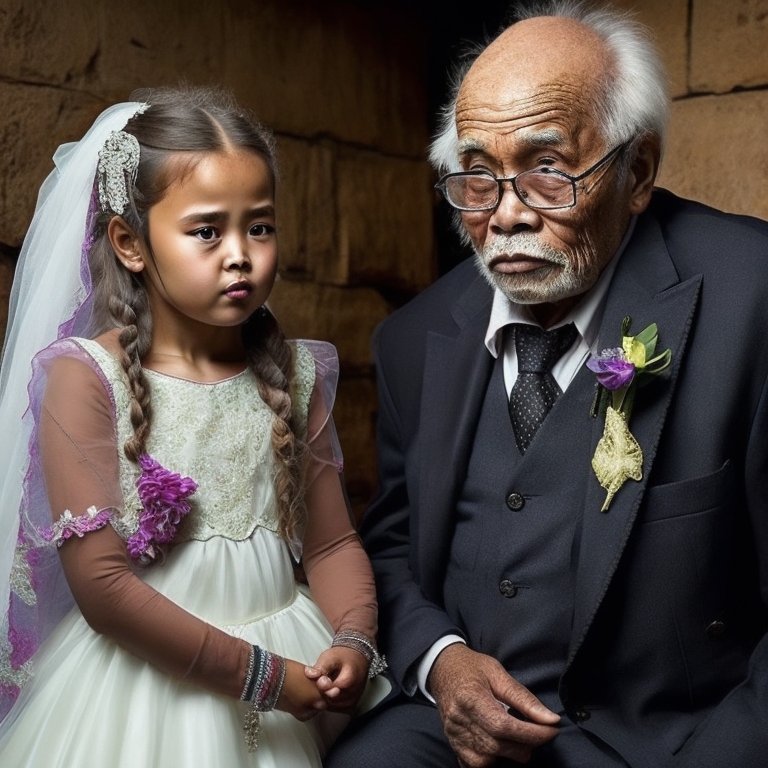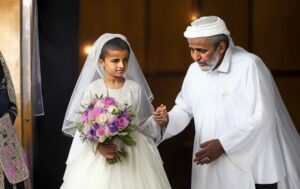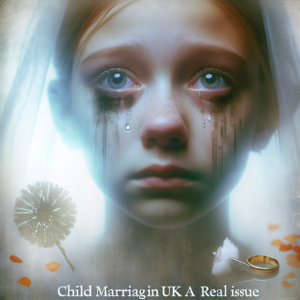Understanding the Impact of Child Marriage on Girls’ Lives: Causes and Consequences
Introduction
Child marriage is a global issue that affects millions of girls around the world. It refers to the practice of marrying individuals under the age of 18, typically girls, and has detrimental consequences on their lives. This article aims to shed light on the causes and consequences of child marriage, helping readers gain a deeper understanding of this pressing issue. Additionally, a FAQs section will address common questions about child marriage.
Causes of Child Marriage
1. Poverty: One of the primary causes of child marriage is poverty. Families living in poverty often view daughters as financial burdens, perceiving marriage as an opportunity to transfer this responsibility to their husbands. Early marriage is seen as an escape from economic hardship and a means of reducing the family’s expenses.
2. Gender inequality: Child marriage is rooted in the systemic gender inequality prevalent in societies. Traditional gender roles perpetuate the notion that girls should be married at a young age and assume domestic responsibilities. This perpetuates a cycle of discrimination and deprives girls of their rights to education, health, and personal development.
3. Cultural and religious norms: In certain cultures and religious communities, child marriage is deeply ingrained. Customary beliefs and traditions play a significant role in perpetuating this practice. In some instances, child marriage is considered a way of preserving cultural identity or religious values, despite the grave consequences for the girls involved.
4. Lack of education: Limited access to quality education is a crucial factor that contributes to child marriage. When girls are denied education, they are more vulnerable to early marriage as they lack the knowledge and skills that can empower them to make informed decisions regarding their lives and futures.
Consequences of Child Marriage
1. Health risks: Child marriage exposes girls to a range of health risks. Physical and emotional immaturity often leads to early pregnancies, resulting in a higher risk of complications during childbirth and infant mortality. These young girls are not adequately prepared for motherhood, leading to physical and psychological consequences for both mother and child.
2. Limited education and economic opportunities: Early marriage almost always disrupts a girl’s education. Girls are forced to drop out of school, denying them access to formal education, limiting their potential, and perpetuating the cycle of poverty. As a consequence, they have fewer economic opportunities and often remain financially dependent on their spouses.
3. Domestic violence: Child brides are at a higher risk of experiencing physical, emotional, and sexual violence. They lack the skills, power, and agency necessary to negotiate their rights within their marriages. Moreover, they are less likely to have access to support networks or legal protection, leaving them vulnerable to abuse.
4. Mental health concerns: The psychological impact of child marriage on girls is severe. Being forced into marriage at a young age leads to feelings of helplessness, depression, and anxiety. The loss of agency, limited autonomy, and restricted social interactions have long-term consequences on mental well-being.
FAQs about Child Marriage
1. Is child marriage a prevalent issue globally?
Yes, child marriage is a global issue affecting many countries. According to UNICEF, approximately 12 million girls are married before the age of 18 every year.
2. Is child marriage only a problem in developing countries?
No, child marriage is not limited to developing countries. It occurs worldwide, affecting girls in both developing and developed nations. However, the prevalence is higher in developing regions such as Sub-Saharan Africa, South Asia, and Latin America.
3. Is child marriage only a violation of girls’ rights?
No, child marriage is a violation of both girls’ and boys’ rights. While the practice predominantly affects girls, boys are also sometimes forced into early marriages, although to a lesser extent.
4. What are the legal implications of child marriage?
Child marriage often violates national and international legal frameworks. Many countries have legislation setting the minimum age of marriage at 18, in line with the Convention on the Rights of the Child. However, enforcement and awareness of these laws remain inadequate in several regions.
Conclusion
Child marriage is a complex issue with far-reaching consequences for girls’ lives. Poverty, gender inequality, cultural norms, and lack of education are some of the root causes that perpetuate this harmful practice. The consequences range from health risks and limited education to domestic violence and mental health concerns. Efforts must be made globally to address the underlying causes, enforce legal frameworks, and empower girls to make their own choices regarding marriage and their futures. Only through these concerted efforts can we create a world where child marriage is eradicated and every girl can fulfill her potential.
















